What’s Been Killing U.S. Coal?
Legal Planet
OCTOBER 10, 2023
electricity to about one-fifth today. The passage of the 1970 Clean Air Act and its major 1990 Amendments don’t show up at all in a graph of coal use. In fact, there was a surge in construction of new coal plants after 1970 due to high electricity demand. But this could only have a contributing factor.


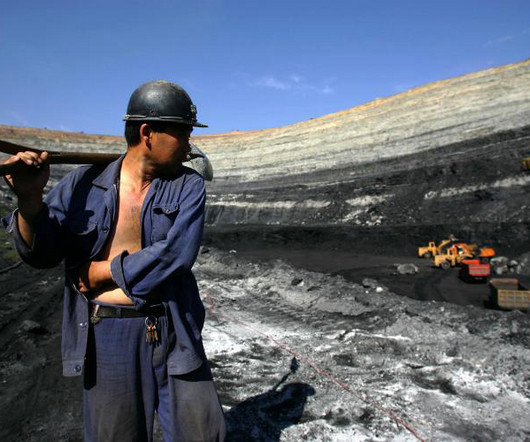

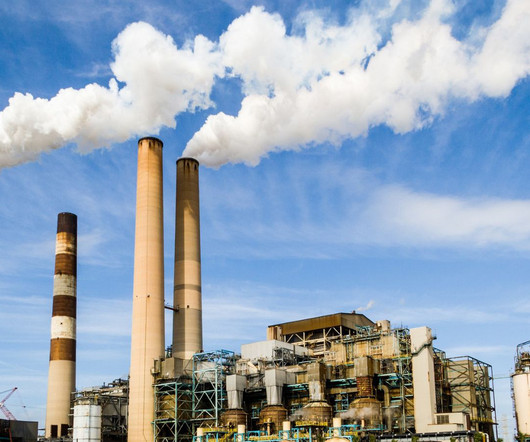



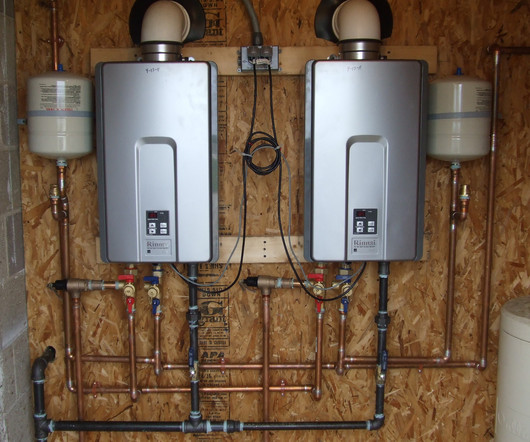




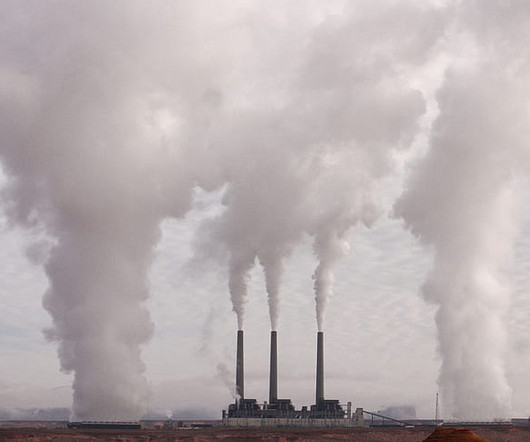
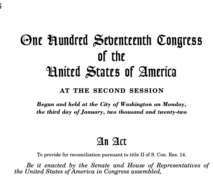

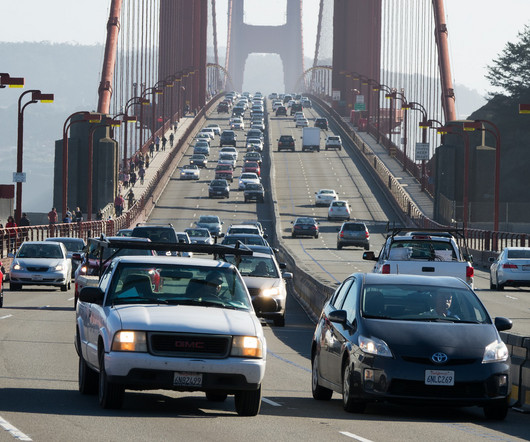











Let's personalize your content